Senetti
HISTORY OF THE BRAND
MNP / Suntory introduced the Senetti® brand in 2001. Due to great garden characteristics, consumer popularity has grown rapidly. After the very successful introduction of Senetti, other breeders have also become very active with Pericallis hybrids. Currently, there are several brands on the market of different breeders but qualitatively, Senetti is still top of the bill. Thus, Senetti’s competitors are less compact (wilder growth) and are less early and rich flowering.
'Senetti' comes from its formerly genus Senecio!
GREAT ALTERNATIVE
The genus Pericallis was formerly called Senecio but it has been re-classified in recent years. The brand name ‘Senetti’ comes from this old genus ‘Senecio’, which is still used by a lot of people when they speak about Pericallis or Senetti.
Although Senetti® was bred in Japan, its 2001 debut in Europe was a great success, where consumers embraced the early-season plant and found it to be a beautiful garden performer, says Chris Spanton of Sutton Consumer Products. ‘Senetti® has strong, bright colors that consumers love, especially as we come out of winter into spring,’ Spanton says. ‘As an added bonus, Senetti has the ability to rebloom. Just cut the plant back 50 percent in height and it will flower again in four to six weeks, provided it is well fed.’ If you’re looking for a slightly more robust flowering annual, then Senetti is a great alternative to Viola, Pansy, and Primula.
In 2018 the marketing department of MNP made some changes and improvements to the Senetti brand in order to incorporate modern standards of design and update its image. We have taken more appealing pictures of our plants, created a new logo, written new texts, developed new designs and, most importantly, we will soon be introducing our new and stunning Senetti® Pericallis varieties. The official Senetti branding is specially designed to tell you the full story of the Senetti collection and inform you of the feelings it evokes and its special characteristics.
Senetti x hybrida
BOTANICAL ROOTS
Pericallis x hybrida, known as Cineraria, florist’s Cineraria or common ragwort is a flowering plant in the family Asteraceae. It originated as a hybrid between Pericallis cruenta and P. lanata, both natives of the Canary Islands. It was originally known as Cineraria x hybrida, but the genus Cineraria is now restricted to a group of South African species, with the Canary Island species being transferred to the genus Pericallis.
Senetti® is the brand name given to a completely new collection of Pericallis hybrids. The aim of this brand is to put across the fact that this is an entirely new group of varieties obtained by cross-breeding.
The genus Pericallis was formerly called Senecio but it has been re-classified in recent years, and they are known for being winter and spring flowering plants. Until recently all material was raised from seed, Senetti is the first Pericallis to come from vegetative cuttings. Senetti has the potential to overtake the seed raised group in terms of volume.
Hybrids
A hybrid plant is the result of cross pollinating two different plant varieties and growing the seed the crossing produces. The plant that grows from that seed is considered a hybrid. Like animals and humans, each crossing produces a lot of seeds which are all different.
Why Hybridize Plants?
We want to combine the qualities of the parents in the offspring to have the best plant as possible. Hybrids might be developed for disease resistance, size (plant, fruit and flower), increased flowering, colour, taste or any reason a plant might be considered special. Most modern plants currently on sale are hybrids.
Getting to the desired result can take years of crossing. First time crosses are grown out the following year and the plants they produce are evaluated. If they meet expectations, the cross will be repeated and the seeds will be marketed. But it can take many years before a hybrid with the desired traits is even created. And when it is finally created it is tested again for a few years to be sure of a good and healthy specie.
Are Hybrid Plants Unnatural?
Most hybrid plants are intentional crosses, but hybridization can occur in nature. In fact, it happens quite often. Two nearby compatible plants can be cross pollinated by insects or the wind and the resulting seed simply falls on the soil and grows into a hybrid. Few of the flowers and vegetables we grow today are in their original wild form.
“We do the same as insects do in nature. The only difference is that we choose the 2 plants that will be crossed and the insects do it randomly” says Production Manager from MNP Juliette Einhorn.
Do Not Confuse Hybrids With GMO!
In nature, hybrids are hit or miss. Commercial hybrids come about after a great deal of work and many attempts are discarded if they do not produce the desired results. Whether the cross occurs by nature or man, do not confuse hybrids with genetically modified plants (GMO), which are created using techniques such as gene cloning. Hybrids are simply two plants that cross pollinated.
MNP / Suntory from the Netherlands is the company behind this successful brand. At this “house of brands” in Leimuiderbrug is where the magic happens: powerful brands are created after extensive tests and accurate selections of the highest quality genetics of indoor & outdoor plants coming from Suntory Flowers Ltd. (breeder) in Japan. MNP / Suntory gives custody for production of our products to carefully selected growers (propagators) in Europe, which we call our licensees; meanwhile, innovative stories are written. For this reason, we are the plant pioneers! “Pioneers & trendsetters in breeding, selecting, marketing and licensing of innovative and superior quality (bedding) plants.” To experience what characterises our unique products, you cannot miss a single one of “the plant pioneers” brands, click on the logos to discover them!
















